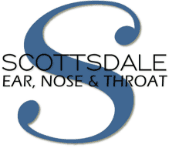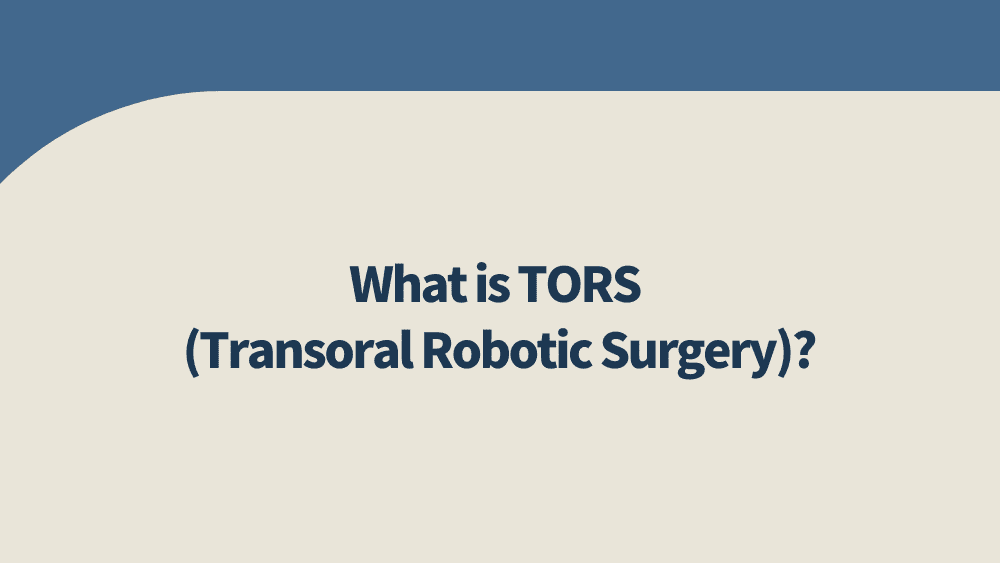Many patients put off surgical procedures due to adverse effects such as health and cosmetic risks, pain, and an extensive recovery period.
These negative effects can be extensive with traditional surgical procedures, but the use of robots for surgical procedures has made it possible for patients to undergo much-needed surgical procedures with reduced harmful effects.
As Arizona’s leader for ENT health, Scottsdale Ear, Nose & Throat helps reduce the adverse effects of the head and neck surgical procedures required by our patients using an advanced technology surgical procedure known as Transoral Robotic Surgery or TORS.
As part of our commitment to educate our patients and the community, we’d like to provide you with some insight into what TORS is and how we use it in our ENT practice.
What is TORS?
TORS is a type of minimally invasive robotic surgery that utilizes a machine known as the da Vinci robot to execute surgical procedures in and around the tonsils, base of the tongue, and larynx. The procedure is transoral, which means that it is performed through the mouth.
Robotic Surgery was developed in 2004-2005 for urologic, thoracic, and abdominal procedures, but it was adapted for otolaryngological use in order to reduce the duration of the surgical procedure, loss of blood, and the frequency of complications.
Since its FDA approval in 2009, TORS has been used to avoid the potentially disastrous complications of cancer removal in the neck and throat and a treatment for obstructive sleep apnea.
Besides allowing our surgical professionals access to small and difficult to reach areas in the throat, TORS procedures also produce a shorter duration and scarless recovery with less pain and harmful side effects than traditional surgical procedures.
Side Effects and Recovery Following a TORS Procedure
An initial period of discomfort with a slight risk of post-op bleeding (3% of patients) as well as some short-term difficulty with speech and swallowing are common side effects following a TORS procedure.
Compared to traditional procedures, the recovery period following TORS is significantly less due to the decreased frequency and intensity of complications, allowing patients to resume normal activity much faster.
How Does Scottsdale ENT Use TORS?
Our TORS specialists at Scottsdale ENT, Dr. Kurt E. Heiland, and Dr. Cheryl A. MacKechnie, use this procedure to treat cancer and sleep apnea to:
- Reduce the side effects of traditional procedures
- Limit or eliminate the intensity of radiation therapy
- Avoid tracheostomy
- Shorten hospital stays
- Reduce post-op complications
- Eliminate scarring
Typical candidates for TORS include patients with cancer in the tonsils, tongue base, or larynx who are not seeing positive results from other treatment options.
In addition, patients who receive inadequate or no benefit from the use of CPAP (continuous positive air pressure) therapy are considered for TORS.
Scottsdale ENT is a Leader in TORS Procedures
Head and neck pain can become debilitating, disrupting your capacity to go about your daily routine. A TORS procedure can help reduce head and neck pain or provide a viable solution in the treatment of various types of localized cancer.
The award-winning doctors at Scottsdale ENT are recognized leaders in head and neck surgery throughout Arizona, well versed in performing TORS procedures for our qualified patients.
Contact us if you or a loved one is considering a head or neck surgical procedure or would like more information about TORS.




